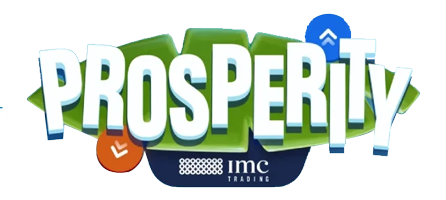Round 3 introduced two new products: mayberries (MB) and diving gear (DG). Let’s first examine the theoretical returns for MB market making.
The bid-ask spread is around 4.x, with total profit potential similar to pearls and bananas, suggesting market making is viable. However, MB’s position limit of 250 is disproportionately large compared to average trade size and order book depth – unnecessary for pure market making, which hints at intentional design for position taking strategies.
The round’s hint that MB is “sweetest at midday” (most valuable) proved true, with each day’s data showing a clear midday price peak. This suggests an optimal taking strategy:
1. Accumulate maximum long position before midday
2. Rapidly switch to maximum short position during midday
Two implementation approaches emerged:
Option 1 (Simpler):
⦁ Stop market making ~2000-3000 steps before midday
⦁ Aggressively build full long position
⦁ At midday, immediately flip to full short position
⦁ Maintain until ~2000-3000 steps after midday
⦁ Optionally rebalance to neutral (though EV remains similar)
⦁ Resume normal market making
Option 2 (More sophisticated):
⦁ During critical period, split inventory:
⦁ Majority allocated to timed position taking
⦁ Small portion (~50) continues market making
⦁ Advantages: Potentially higher profits
⦁ Challenges: Risk of being run over in one-sided markets
Requires constant optimization
A significant limitation: The provided backtest data only covers the first 1000 steps, making it utterly unrepresentative of the crucial midday period. This questionable design decision makes proper strategy testing impossible.
Given the inability to properly backtest Option 2, I’ll likely choose Option 1 despite its simplicity, as the alternative carries unacceptable risks without testing capability.


